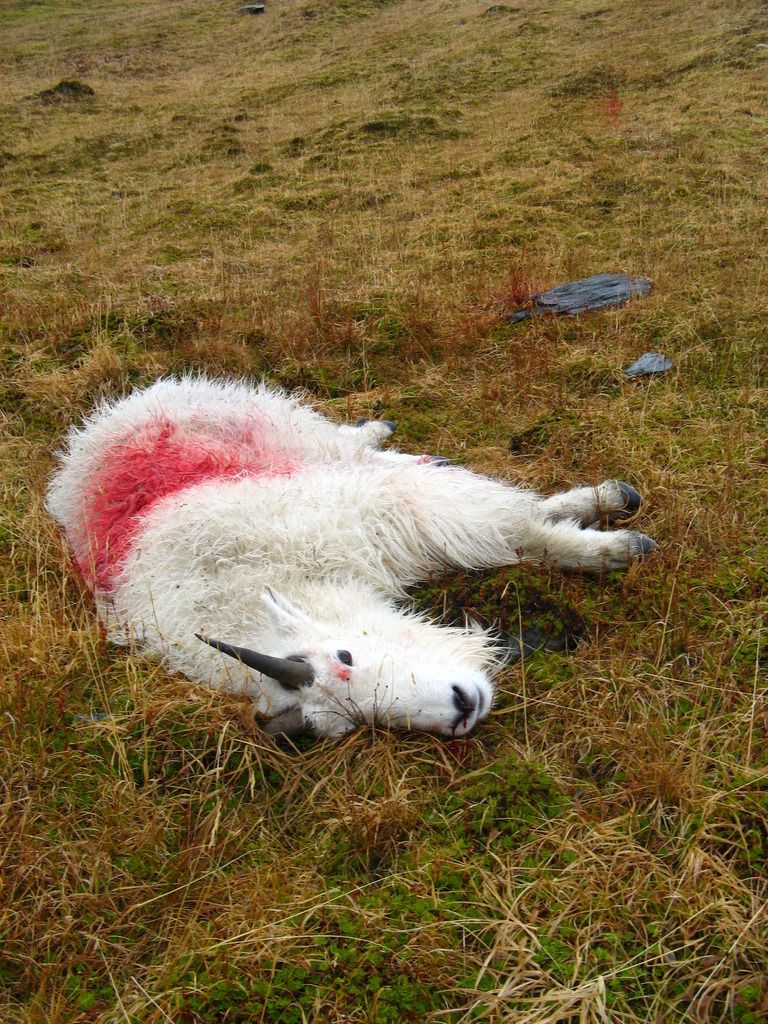luke moffat
Super Moderator
- Joined
- Feb 24, 2012
- Messages
- 102
I haven't really goat hunted, but wasn't there a story on here recently of a girl shooting a goat with a 243 using an 80gr bullet?
For sure it can and does work. Heck I know guys that hunt moose exclusively with a 243. Personally I would rather hunt moose with a 243 than a goat. Generally moose aren't on the side of a mountain looking to run to the nearest escape route when trouble arises.
I am not sure if its cause goats have a slower heart rate or what but they do seem to soak up lead better than any thing else I have seen in Alaska on a consistent basis.
A goat in the right situation for sure a 243 will get it done in an ethical manner that allows recovery. But often you don't get the goats on the great grassy plain so bigger holes in the lungs can be better.
Again just my limited experience with goats. Just saying a 243 isn't my first choice for goats even if they do work just fine inside 200 yards for moose.



